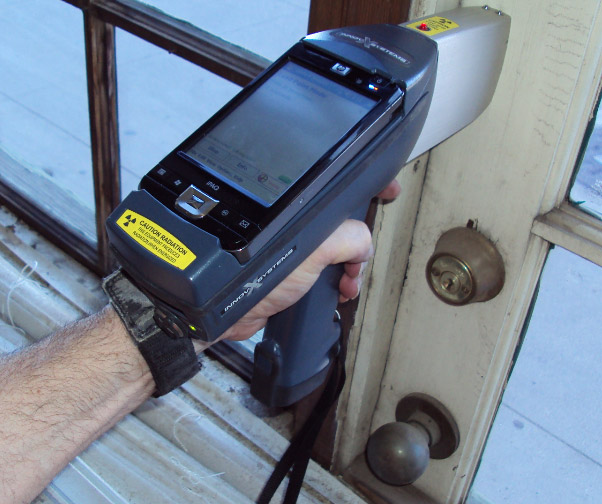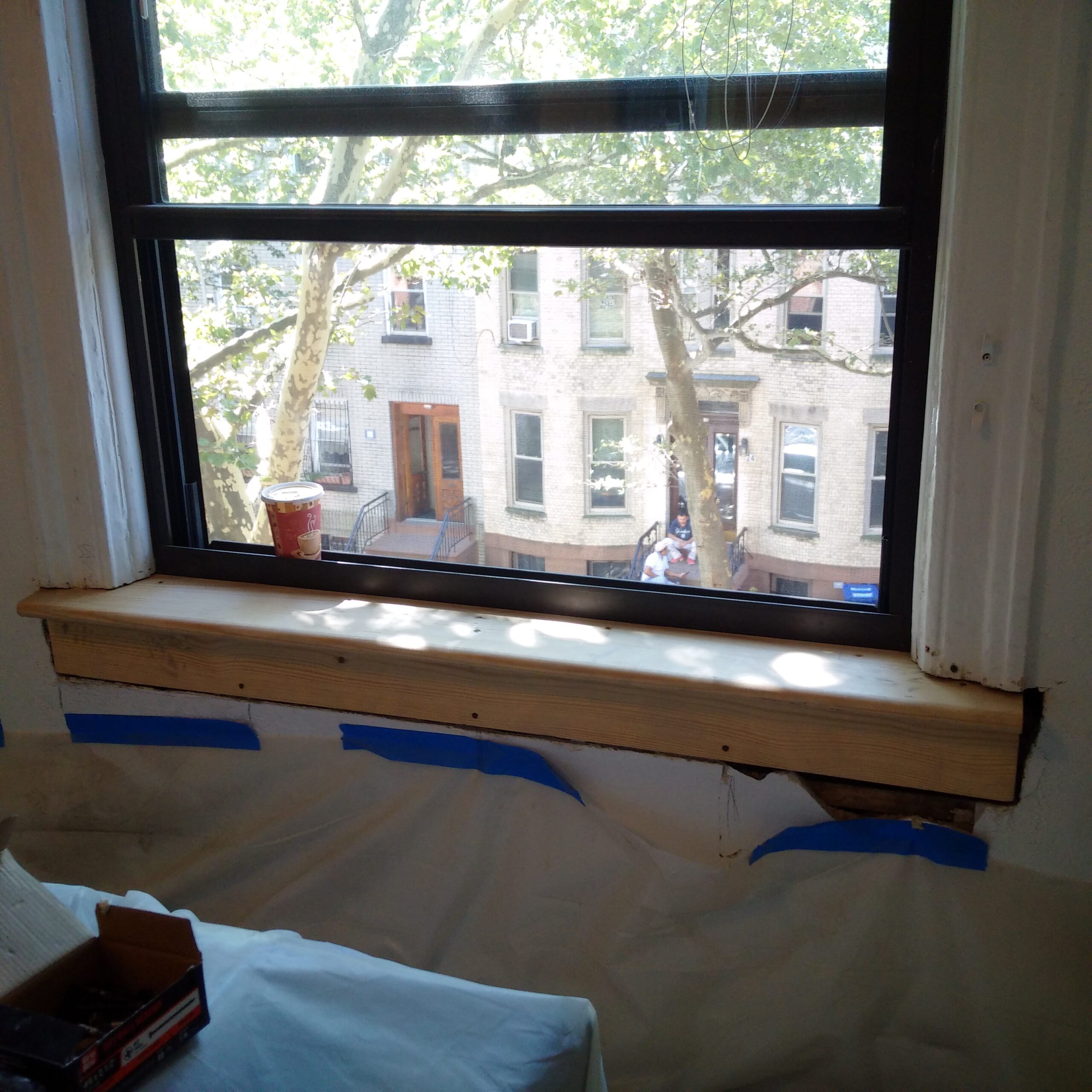Reliable DOH & HPD Lead Violation Removal in NYC-- Safeguard Your Building
Reliable DOH & HPD Lead Violation Removal in NYC-- Safeguard Your Building
Blog Article
Step-by-Step Refine for Effective Lead Infraction Remediation
Following this, adherence to government and state laws is extremely important to creating a reliable removal plan. The real remediation requires skilled personnel to carry out these plans while strictly complying with safety and security protocols. What occurs after the remediation is completed?

Discovery and Analysis
Detection and assessment are critical steps in the removal of lead infractions. To ensure an efficient removal procedure, it is vital to perform a detailed examination of the setting where potential lead exposure exists. The first phase of discovery involves recognizing resources of lead contamination, which can be found in paint, pipes, dirt, and dust. Making use of sophisticated analysis tools such as X-ray fluorescence (XRF) analyzers and atomic absorption spectroscopy (AAS) can supply accurate measurements of lead focus.
This consists of examining the level and seriousness of contamination, as well as recognizing populaces at risk, especially kids and expecting ladies. The gathered information need to be meticulously recorded to sustain the development of an efficient remediation technique.
In addition, it is essential to prioritize locations with the highest possible levels of contamination and those that position the biggest health risks. Efficient interaction with stakeholders, including homeowner, homeowners, and public health authorities, is important for ensuring that all celebrations are educated regarding the searchings for and the subsequent actions needed for remediation. This first detection and assessment phase lays the groundwork for a successful lead infraction remediation procedure.

Legal and Regulative Compliance
Browsing the landscape of lawful and regulatory compliance is a pivotal aspect of successful lead violation removal. Compliance guarantees not only the safety and security of damaged populations however additionally the trustworthiness and legal standing of the company accountable for remediation.
This entails careful documentation of all remediation activities to show conformity. Failing to adhere to these guidelines can result in severe penalties, including significant penalties, legal action, and reputational damages.
Involving lawful professionals specialized in environmental regulation can facilitate browsing these intricacies. Normal training and accreditation for all personnel associated with the removal procedure are likewise mandatory to make sure adherence to security and regulatory standards. By focusing on legal and regulative conformity, organizations can efficiently alleviate risks and accomplish an effective removal end result.
Planning the Remediation
Effectively planning the remediation of lead violations begins with an extensive analysis of the polluted website. This preliminary assessment ought to consist of a detailed site examination to determine the level and concentration of lead contamination. Comprehensive tasting and lab analysis are extremely important to develop an accurate contamination profile. This data-driven approach makes sure that removal initiatives are suitably targeted and reliable.
When the contamination is mapped, a risk analysis ought to be carried out to evaluate potential health and wellness risks to human beings and the atmosphere. Lead Violation Removal in NYC. This evaluation must consider variables such as direct exposure pathways, populace susceptability, and environmental influences. The understandings gathered will certainly develop the basis for picking a proper remediation method
Subsequently, setting clear, achievable purposes for the remediation project is essential. These objectives must straighten with regulatory criteria and stakeholder expectations to make certain conformity and neighborhood acceptance. Establishing a thorough remediation plan that details methods, timelines, and source allocation will certainly assist in an organized approach to the cleaning process.
Moreover, it is vital to engage with stakeholders early and keep transparent interaction throughout the preparation phase. This consists of notifying neighborhood areas, obtaining necessary licenses, and collaborating with regulative firms to make certain all legal and step-by-step requirements are satisfied. A well-crafted remediation plan not only resolves the contamination efficiently but additionally builds count on and participation among all events entailed.
Executing the Remediation
With a well-structured remediation strategy in place, the emphasis shifts to the real implementation of the removal tasks. This phase entails activating the essential resources, including experienced workers, customized devices, and top quality products. Begin by plainly delineating roles and responsibilities to make sure liability and smooth sychronisation amongst staff member.
This includes setting up containment locations to avoid lead dirt and particles from dispersing, as well as utilizing air filtering systems to keep air quality. Utilize methods such as wet scraping, chemical removing, or encapsulation, depending on the severity and area of the contamination.
Throughout the removal procedure, conduct routine assessments and air top quality monitoring to make sure compliance with regulative criteria. Reliable communication with stakeholders, consisting of building proprietors and important link occupants, is essential to maintain them notified of progression and any kind of unforeseen advancements. By diligently complying with these steps, the remediation tasks can be executed efficiently and properly, inevitably mitigating lead dangers.
Post-Remediation Strategies
Post-remediation methods play a vital role in making sure the lasting success of lead infraction removal initiatives. These methods encompass ongoing monitoring, maintenance, and area education and learning to avoid future lead direct exposure and make sure a risk-free environment.
First, routine monitoring is essential. This involves routine screening of the previously affected locations to make try this site sure that lead levels stay within safe limits. Homeowner ought to develop a schedule for these tests, preferably in partnership with licensed ecological specialists.

Third, informing the neighborhood plays a critical function in maintaining the benefits of removal. Residents and building managers must be look at here now notified regarding the risks of lead direct exposure and the most effective techniques for maintaining a lead-safe atmosphere. Workshops, educational pamphlets, and neighborhood meetings can be effective devices for disseminating this information.
Conclusion
Effective lead offense remediation calls for a thorough, systematic technique incorporating discovery and evaluation of contamination, adherence to legal and regulative standards, thorough planning, and efficient execution of remediation initiatives. This systematic procedure underscores the significance of thoroughness and caution in addressing and reducing lead contamination.
Report this page